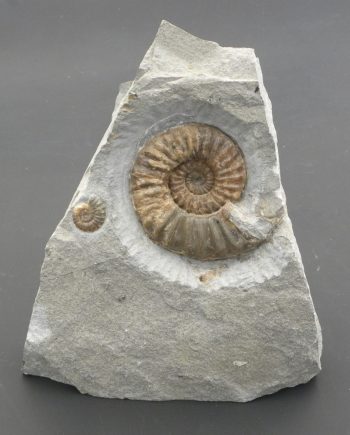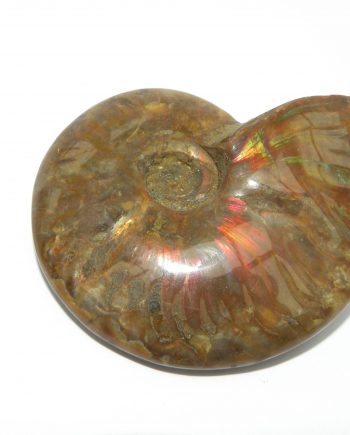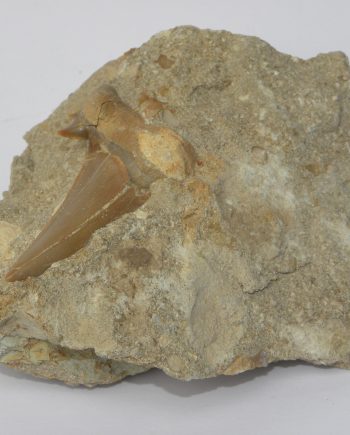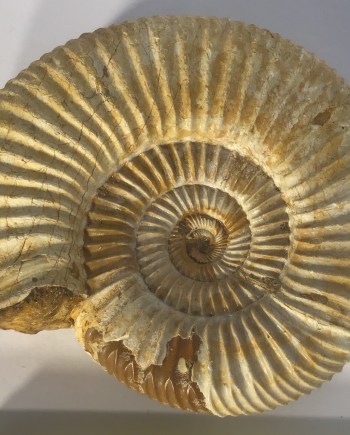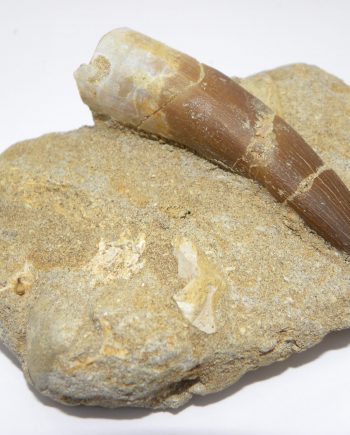Description
Fossilised Bivalve Cardinia Giganteum in Frodingham Ironstone
This superb example of the fossilised bivalve Cardinia giganteum is a rare specimen from the famous Conersby quarry. The bivalve itself has been polished and measures 12.5cm x 5.5cm wide, with a total weight of 1.01 kilos. With a cut base which makes it easy to display this would make a superb addition to any collection. This stunning specimen is from the Frodinghan Ironstone Formation, Denotatus Subzone, Obtusum Zone, Lower Lias. The Conesby Quarry, Scunthorpe, North Lincolnshire, was a world famous location for stunning fossils. Quarrying for the ironstone in this area have existed since Roman times. Unfortunately this quarry is no longer accessible having been filled in a number of years ago. The fossils that came from this iconic location date from the Jurassic period and are approximately 200 million years old.
Bivalves are aquatic molluscs with paired shells (valves) that enclose a soft body. The majority feed by filtering waterborne food particles, although some species feed directly from the sediment. These creatures have been existing for approximately 500 million years. The first bivalves were living in our seas and lakes some 300 years before the first dinosaurs. Although numerous species of bivalve are now extinct, some have survived and are still found today. Examples living in our seas lakes and rivers now include cockles, mussels and also oysters.
Back To Other Fossils Back To Fossils







